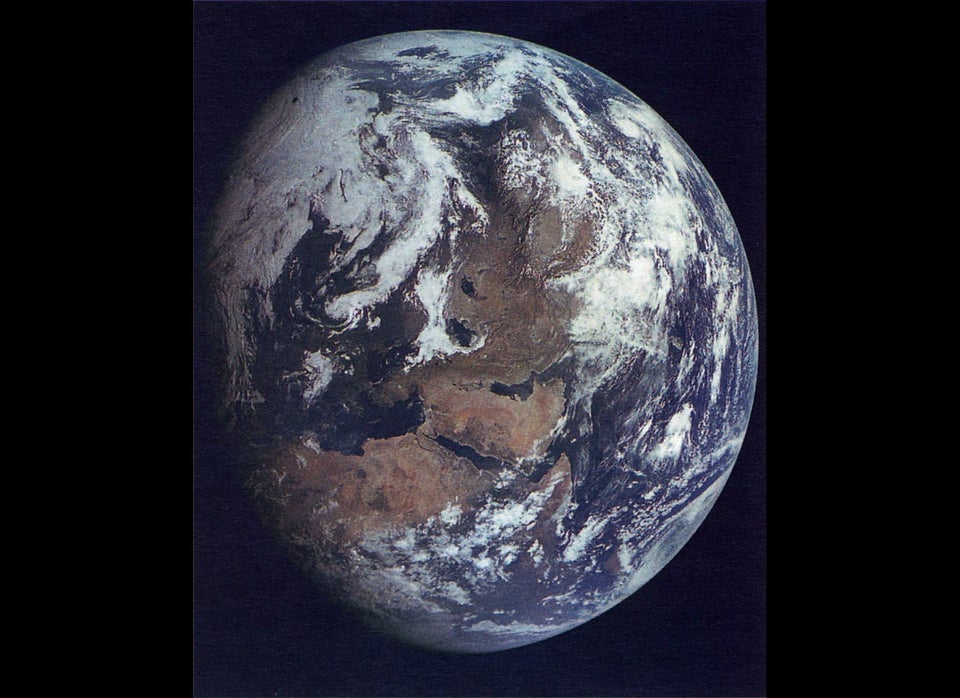Today, Earth’s crust is made of tectonic plates that jostle across its surface and are sometimes, via collisions, gradually shoved back into the depths. But long before this mode of geological recycling arose, large blobs of dense material solidified on the undersides of Earth’s nascent tectonic plates and then dripped back toward our planet’s core, a new study suggests.
Billions of years ago, soon after Earth formed, material in the mantle—the layer that lies between the core and the crust—was much warmer and flowed much more readily than it does today. If the mantle was as warm as 1600°C, as some models suggest, the overlying crust (shades of blue and light green, lower video) may eventually have grown to reach 45 kilometers thick.
In such conditions, the material that solidified on the underside of that crust would have been rich in dense minerals (dark red blobs in lower video) such as magnesium oxides. Because those materials weren’t firmly attached to the crust and were, on the whole, heavier than those in the mantle, they dripped back toward the core (triggering the upwelling of deeper material, as depicted in the video, which represents several million years of time) the researchers report this month in Nature Geoscience. (Arrows in the upper video denote the direction and relative speed of mantle flow.)
Eventually, as Earth cooled, the mantle firmed up somewhat, and bits of overlying crust became strong enough to hold together when shoved beneath their neighbors—just the conditions needed to usher in modern-style plate tectonics. The drip-style tectonics described in the team’s model probably remained the dominant form of crustal recycling until about 2 billion years ago. This proposed mode of geological recycling helps explain why the oldest remaining bits of Earth’s original crust are relatively light and magnesium-poor, the researchers contend.
This story has been provided by AAAS, the non-profit sciencesociety, and its international journal,
